Effects of Joule Heating and Viscous Dissipation on Magnetohydrodynamic Boundary Layer Flow of Jeffrey Nanofluid over a Vertically Stretching Cylinder
Abstract
:1. Introduction
2. Problem Description
3. Simulations and Convergence Analysis
- This algorithm is self-determining of any larger/smaller change;
- The convergence analysis of the established systems can be authenticated smoothly;
- Further, this algorithm delivers additional ordinary authentication to choose guess functions with linear operators.
4. Graphical Results and Analysis
5. Conclusions
- It is pointed out that both Grashof number and heat source parameter escalating velocity profile;
- Velocity profile diminished for larger Hartmann number;
- The thermal field augmented as Eckert number and thermophoresis enhanced and diminished for larger Brownian motion parameter;
- We found a lower concentration profile subject to a larger Schmidt number; however, a reverse trend is found for the thermophoresis parameter;
- Momentum and thermal boundary layers are extensively affected by the resistive Lorentz force; therefore, this resistive force effectively controls the momentum boundary layer of Jeffrey nanofluid;
- Undergoing investigations are fruitful for designing heat exchanger equipment and metallurgical processes.
Author Contributions
Institutional Review Board Statement
Informed Consent Statement
Data Availability Statement
Acknowledgments
Conflicts of Interest
References
- Dogonchi, A.S.; Ganji, D.D. Investigation of MHD nanofluid flow and heat transfer in a stretching/shrinking convergent/divergent channel considering thermal radiation. J. Mol. Liq. 2016, 220, 592–603. [Google Scholar] [CrossRef]
- Ibáñez, G.; López, A.; Pantoja, J.; Moreira, J. Entropy generation analysis of a nanofluid flow in MHD porous microchannel with hydrodynamic slip and thermal radiation. Int. J. Heat Mass Transf. 2016, 100, 89–97. [Google Scholar] [CrossRef]
- Kandasamy, R.; Vignesh, V.; Kumar, A.; Hasan, S.H.; Isa, M.N. Thermal radiation energy due to SWCNTs on MHD nanofluid flow in the presence of seawater/water: Lie group transformation. Ain Shams Eng. J. 2018, 9, 953–963. [Google Scholar] [CrossRef] [Green Version]
- Makinde, O.D.; Animasaun, I.L. Bioconvection in MHD nanofluid flow with nonlinear thermal radiation and quartic autocatalysis chemical reaction past an upper surface of a paraboloid of revolution. Int. J. Therm. Sci. 2016, 109, 159–171. [Google Scholar] [CrossRef]
- Mosayebidorcheh, S.; Sheikholeslami, M.; Hatami, M.; Ganji, D.D. Analysis of turbulent MHD Couette nanofluid flow and heat transfer using hybrid DTM–FDM. Particuology 2016, 26, 95–101. [Google Scholar] [CrossRef]
- Pandey, A.K.; Kumar, M. Natural convection and thermal radiation influence on nanofluid flow over a stretching cylinder in a porous medium with viscous dissipation. Alex. Eng. J. 2017, 56, 55–62. [Google Scholar] [CrossRef] [Green Version]
- Reddy, J.V.R.; Sugunamma, V.; Sandeep, N.; Sulochana, C. Influence of chemical reaction, radiation and rotation on MHD nanofluid flow past a permeable flat plate in porous medium. J. Nigerian Math. Soc. 2016, 35, 48–65. [Google Scholar] [CrossRef] [Green Version]
- Shahmohamadi, H.; Rashidi, M.M. VIM solution of squeezing MHD nanofluid flow in a rotating channel with lower stretching porous surface. Adv. Powder Technol. 2016, 27, 171–178. [Google Scholar] [CrossRef]
- Sheikholeslami, M.; Abelman, S.; Ganji, D.D. Numerical Simulation of MHD Nanofluid Flow and Heat Transfer Considering Viscous Dissipation. Int. J. Heat Mass Transf. 2014, 79, 212–222. [Google Scholar] [CrossRef]
- Sheikholeslami, M.; Rashidi, M.M.; Al Saad, D.M.; Firouzi, F.; Rokni, H.B.; Domairry, G.J. Steady nanofluid flow between parallel plates considering thermophoresis and Brownian effects. King Saud Univ. Sci. 2016, 28, 380. [Google Scholar] [CrossRef] [Green Version]
- Biswas, P.; Arifuzzaman, S.M.; Karim, I.; Khan, M.S. Impacts of magnetic field and radiation absorption on mixed convective Jeffrey nanofluid flow over a vertical stretching sheet with stability and convergence analysis. J. Nanofluids 2017, 6, 1082–1095. [Google Scholar] [CrossRef]
- Biswas, P.; Arifuzzaman, S.M.; Khan, M.S.; Ahmed, S.F. Forced convective Jeffrey nanofluid flow over a stretching sheet with periodic magnetic field and thermal radiation effects. AIP Conf. Proc. 2018, 1980, 050003. [Google Scholar] [CrossRef]
- Zin, N.A.M.; Khan, I.; Shafie, S.; Alshomrani, A.S. Analysis of heat transfer for unsteady MHD free convection flow of rotating Jeffrey nanofluid saturated in a porous medium. Results Phys. 2017, 7, 288–309. [Google Scholar]
- Zin, N.A.M.; Khan, I.; Shafie, S. The impact silver nanoparticles on MHD free convection flow of Jeffrey fluid over an oscillating vertical plate embedded in a porous medium. J. Mol. Liq. 2016, 222, 138–150. [Google Scholar]
- Ramzan, M.; Bilal, M.; Chung, J.D. Effects of thermal and solutal stratification on Jeffrey magneto-nanofluid along an inclined stretching cylinder with thermal radiation and heat generation/absorption. Int. J. Mech. Sci. 2017, 131, 317–324. [Google Scholar] [CrossRef]
- Shifang, H.; Roesner, K.G. Time-dependent flow of upper-convected Jeffrey fluid between two rotating cylinders. Theor. Appl. Rheol. 1992, 216–218. [Google Scholar] [CrossRef]
- Dalira, N.; Dehsarab, M.; Nourazara, S.S. Entropy analysis for magnetohydrodynamic flow and heat transfer of a Jeffrey nanofluid over a stretching sheet. Energy 2015, 79, 351. [Google Scholar] [CrossRef]
- Das, K.; Acharyab, N.; Kundu, P.K. Radiative flow of MHD Jeffrey fluid past a stretching sheet with surface slip and melting heat transfer. Alex. Eng. J. 2015, 54, 815–821. [Google Scholar] [CrossRef] [Green Version]
- Srinivasa, A.H.; Eswara, A.T. Effect of internal heat generation or absorption on MHD free convection from an isothermal truncated cone. Alex. Eng. J. 2016, 55, 1367–1373. [Google Scholar] [CrossRef] [Green Version]
- Narayana, P.V.S.; Babu, D.H. Numerical study of MHD heat and mass transfer of a Jeffrey fluid over a stretching sheet with chemical reaction and thermal radiation. J. Taiwan Inst. Chem. Eng. 2016, 59, 18–25. [Google Scholar] [CrossRef]
- Hayat, T.; Qayyum, S.; Farooq, M.; Alsaedi, A.; Ayub, M. Mixed convection flow of Jeffrey fluid along an inclined stretching cylinder with double stratification effect. Therm. Sci. 2017, 21, 849–862. [Google Scholar] [CrossRef] [Green Version]
- Ijaz, M.; Ayub, M. Thermally stratified flow of Jeffrey fluid with homogeneous heterogeneous reactions and non-Fourier heat flux model. Heliyon 2019, 5, e02303. [Google Scholar] [CrossRef] [PubMed] [Green Version]
- Hayat, T.; Asad, S.; Alsaedi, A. Analysis for flow of Jeffrey fluid with nanoparticles. Chin. Phys. B 2015, 24, 044702. [Google Scholar] [CrossRef]
- Farooq, M.; Gull, N.; Alsaedi, A.; Hayat, T. MHD flow of a Jeffrey fluid with Newtonian heating. J. Mech. 2015, 31, 319–329. [Google Scholar] [CrossRef]
- Gaffar, S.A.; Prasad, V.R.; Reddy, E.K. Computational study of Jeffrey’s non-Newtonian fluid past a semi-infinite vertical plate with thermal radiation and heat generation/absorption. Ain Shams Eng. J. 2016, 8, 277–294. [Google Scholar] [CrossRef] [Green Version]
- Choi, S.U.S.; Eastman, J.A. Enhancing Thermal Conductivity of Fluids with Nanoparticles. Dev. Appl. Non- Newton. Flows 1995, 66, 99–105. [Google Scholar]
- Buongiorno, J. Convective transport in nanofluids. J. Heat Transf. 2016, 128, 240–250. [Google Scholar] [CrossRef]
- Tiwari, R.K.; Das, M.K. Heat transfer augmentation in a two-sided lid-driven differentially heated square cavity utilizing nanofluids. Int. J. Heat Mass Transf. 2007, 50, 2002–2018. [Google Scholar] [CrossRef]
- Babu, D.D.; Venkateswarlu, S.; Reddy, E.K. Multivariate Jeffrey fluid flow past a vertical plate through porous medium. J. Appl. Comput. Mech. 2019, 6, 605. [Google Scholar]
- Selvi, R.K.; Muthuraj, R. MHD oscillatory flow of a Jeffrey fluid in a vertical porous channel with viscous dissipation. Ain Shams Eng. J. 2018, 9, 2503–2516. [Google Scholar] [CrossRef]
- Turkyilmazoglu, M.; Pop, I. Heat and mass transfer of unsteady natural convection flow of some nanofluids past a vertical infinite flat plate with radiation effect. Int. J. Heat Mass Transf. 2013, 59, 167–171. [Google Scholar] [CrossRef]
- Ghahremanian, S.; Abbassi, A.; Mansoori, Z.; Toghraie, D. Investigation the nanofluid flow through a nanochannel to study the effect of nanoparticles on the condensation phenomena. J. Mol. Liq. 2020, 3111, 113310. [Google Scholar] [CrossRef]
- Babu, D.H.; Narayana, P.V.S. Joule heating effects on MHD mixed convection of a Jeffrey fluid over a stretching sheet with power law heat flux: A numerical study. J. Magn. Magn. Mater. 2016, 412, 185–193. [Google Scholar] [CrossRef]
- Khan, M.I.; Khan, S.A.; Hayat, T.; Alsaedi, A. Entropy optimization analysis in MHD nanomaterials (TiO2-GO) flow with homogeneous and heterogeneous reactions. Comput. Methods Programs Biomed. 2020, 184, 105111. [Google Scholar]
- Muhammad, T.; Alamri, S.Z.; Waqas, H.; Habib, D.; Ellahi, R. Bioconvection flow of magnetized Carreau nanofluid under the influence of slip over a wedge with motile microorganisms. J. Therm. Anal. Calorim. 2021, 143, 945–957. [Google Scholar] [CrossRef]
- Khan, Z.; Rasheed, H.; Alharbi, S.O.; Khan, I.; Abbas, T.; Chin, D.L.C. Manufacturing of double layer optical fiber coating using phan-thien-tanner fluid as coating material. Coatings 2019, 9, 147. [Google Scholar] [CrossRef] [Green Version]
- Khan, Z.; Rasheed, R.; Islam, S.; Noor, S.; Khan, I.; Abbas, T.; Khan, W.; Seikh, A.H.; Sherif, E.M.; Nisar, K.S. Heat transfer effect on viscoelastic fluid used as a coating material for wire with variable viscosity. Coatings 2020, 10, 163. [Google Scholar] [CrossRef] [Green Version]
- Hayat, T.; Asad, S.; Alsaedi, A.; Alsaadi, F.E. Radiative flow of Jeffrey fluid through a convectively heated stretching cylinder. J. Mech. 2015, 31, 69–78. [Google Scholar] [CrossRef]
- Zeeshan, A.; Shehzad, N.; Ellahi, R. Analysis of activation energy in Couette-Poiseuille flow of nanofluid in the presence of chemical reaction and convective boundary conditions. Results Phys. 2018, 8, 502–512. [Google Scholar] [CrossRef]
- Irfan, M.; Khan, W.A.; Khan, M.; Gulzar, M.M. Influence of Arrhenius activation energy in chemically reactive radiative flow of 3D Carreau nanofluid with nonlinear mixed convection. J. Phys. Chem. Solids 2019, 125, 141–152. [Google Scholar] [CrossRef]
- Liao, S. Homotopy Analysis Method in Nonlinear Differential Equations; Springer: New York, NY, USA, 2012; p. 153. [Google Scholar]

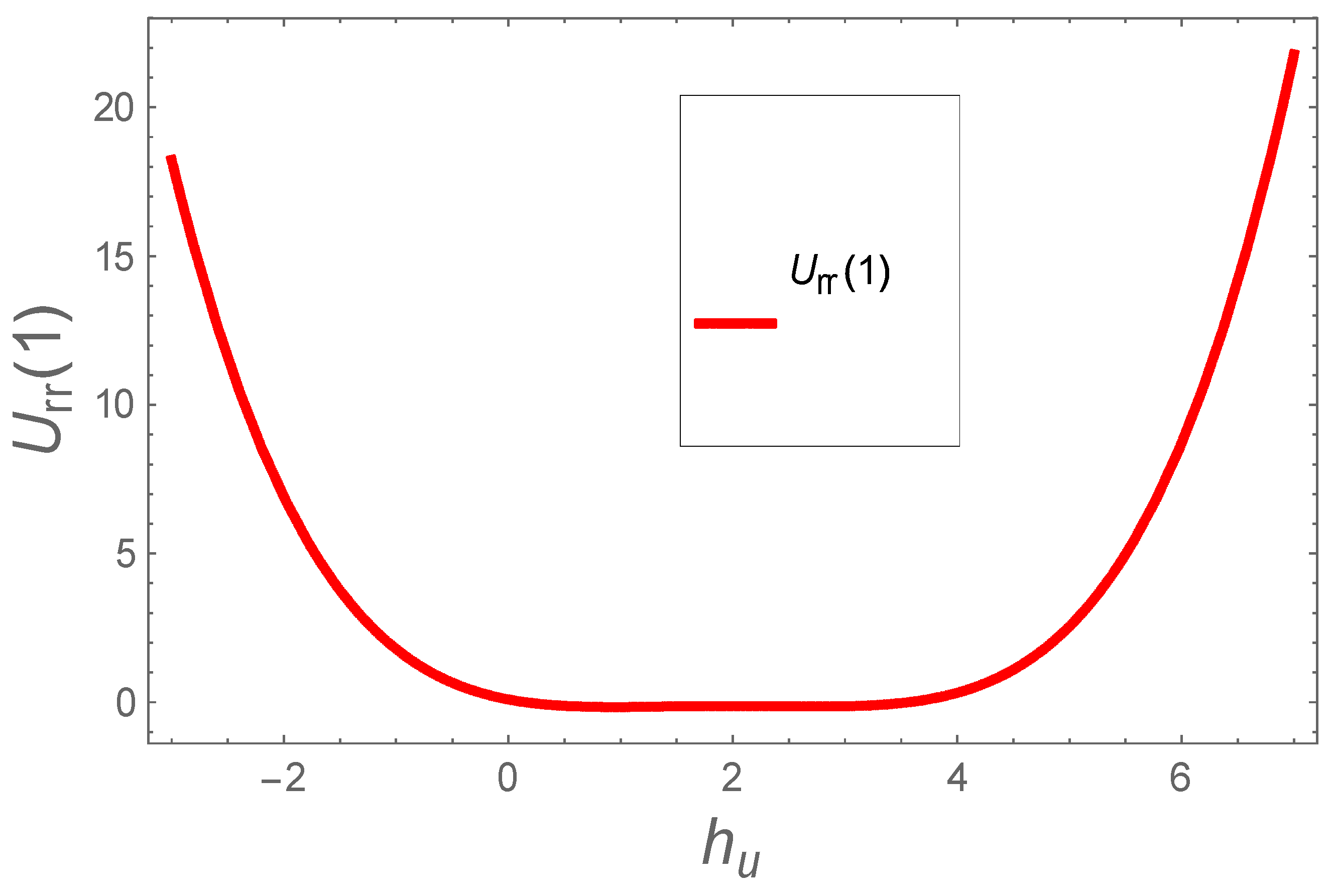
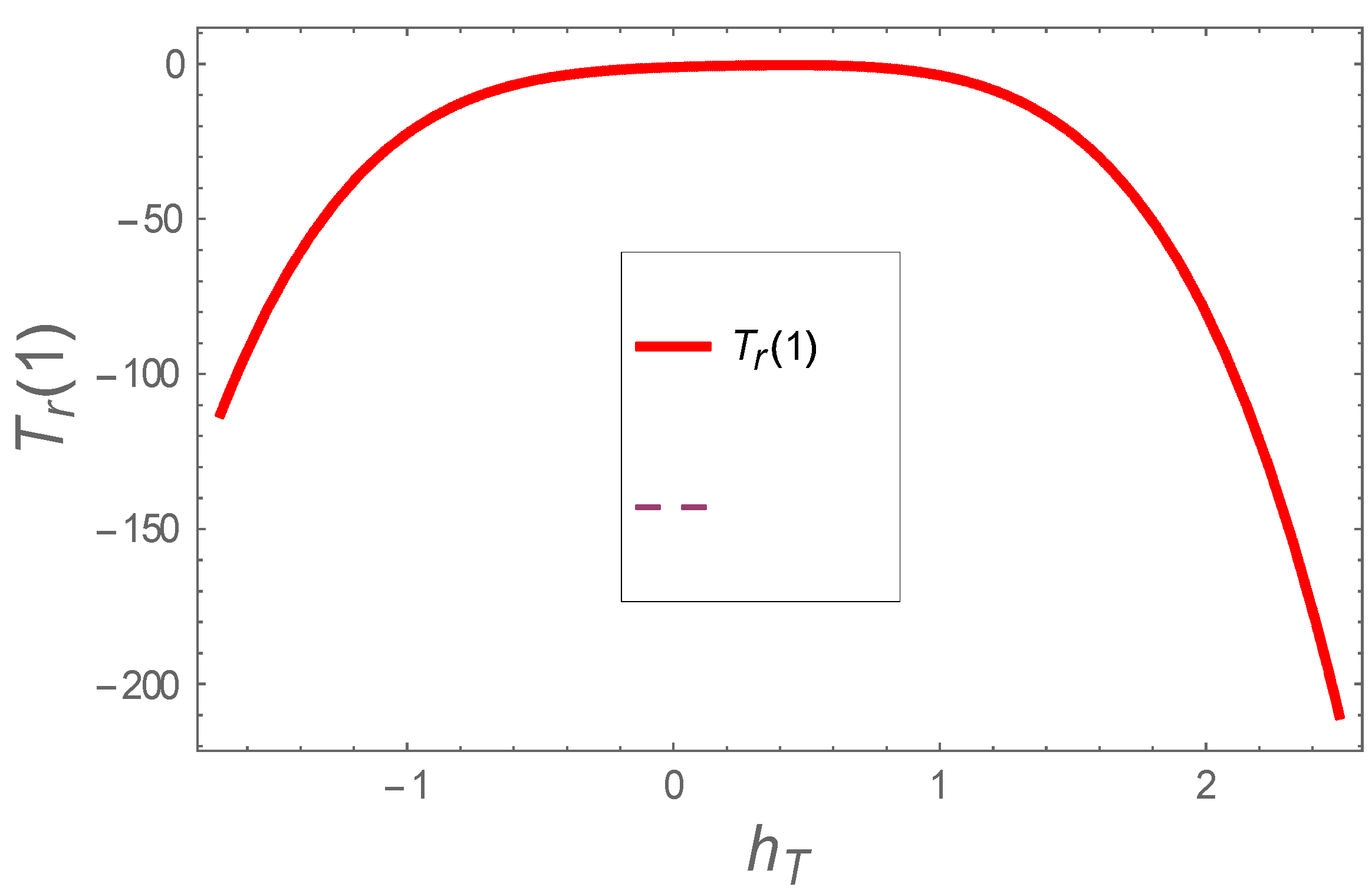


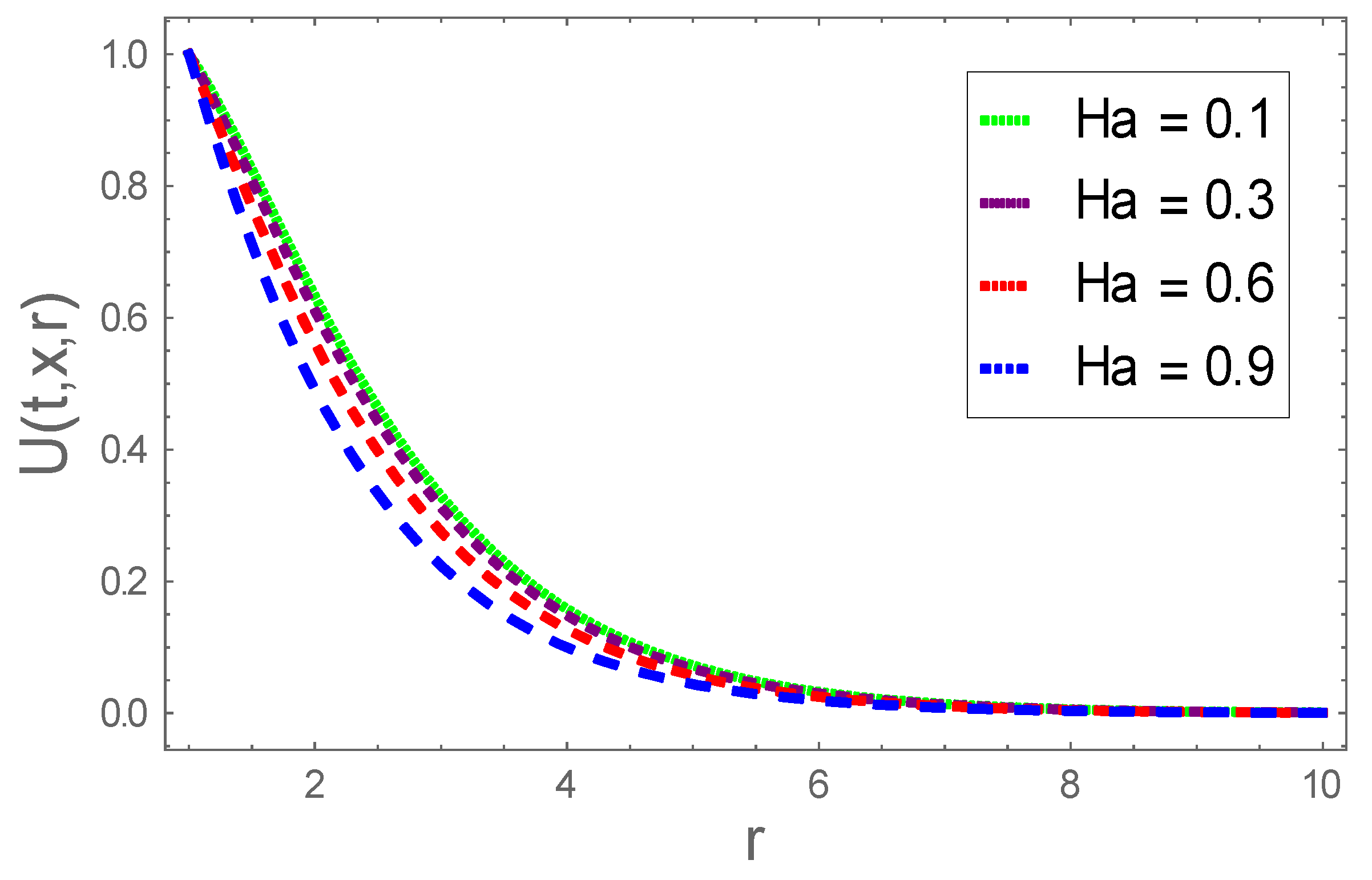
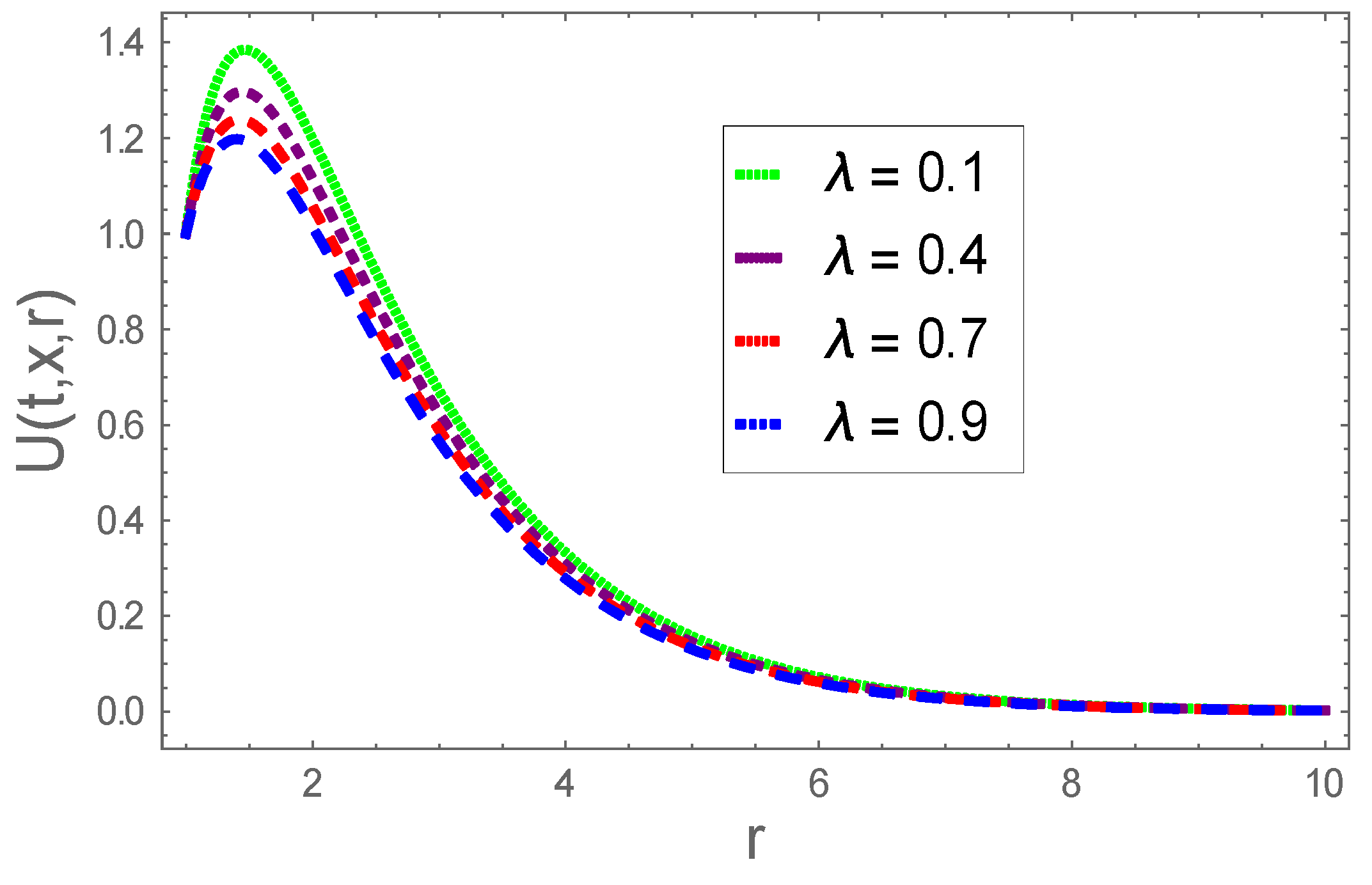
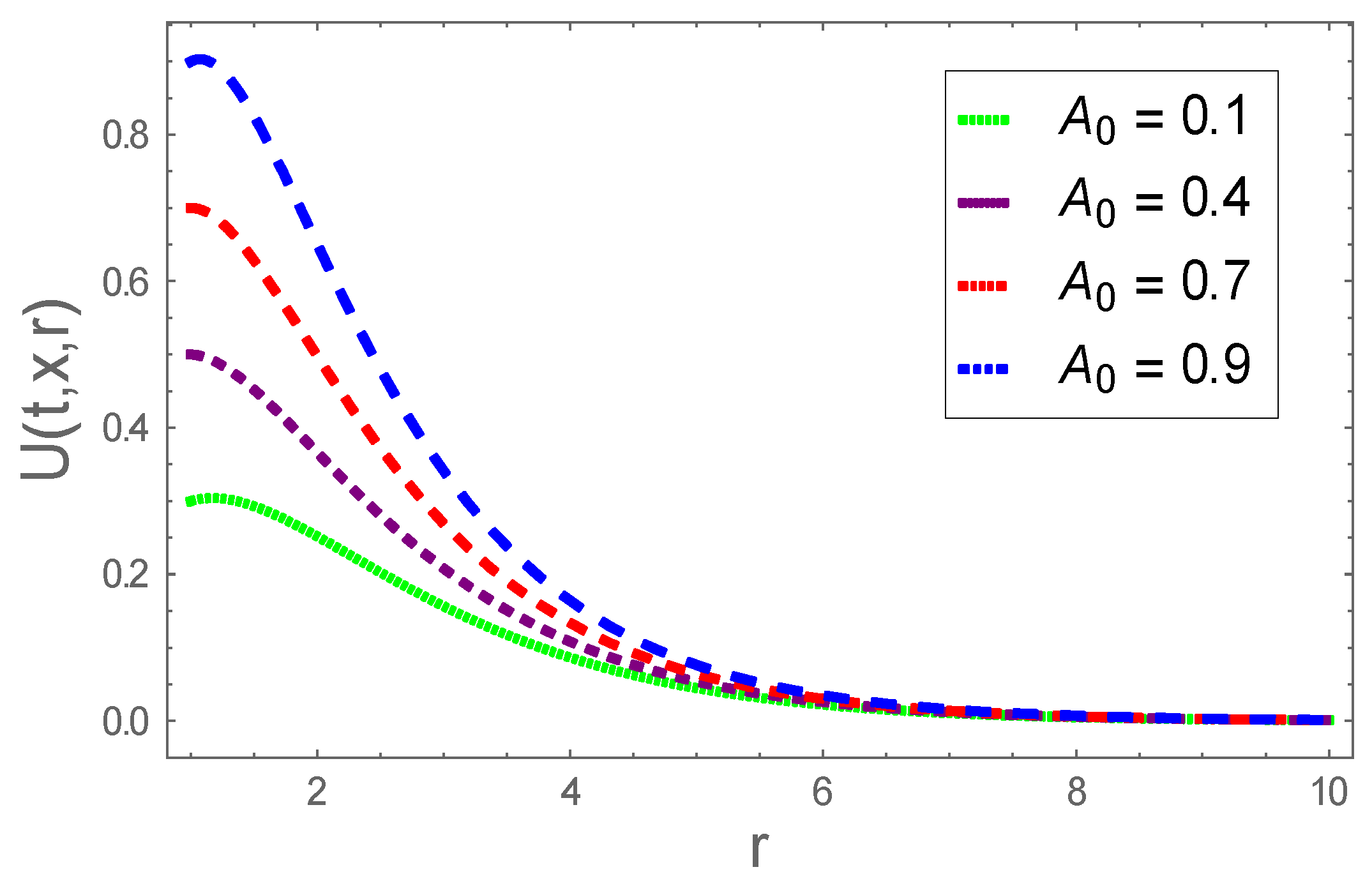


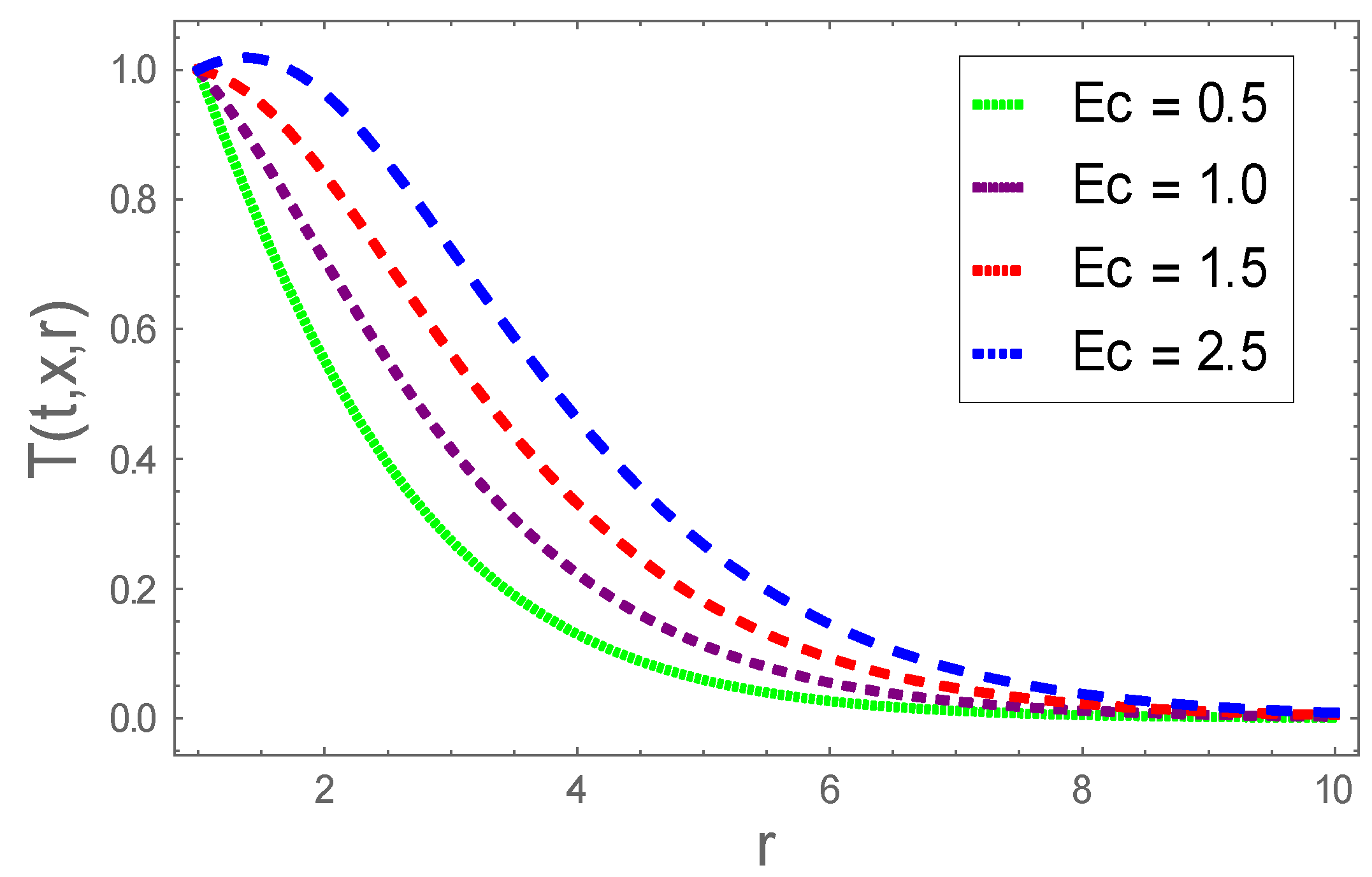
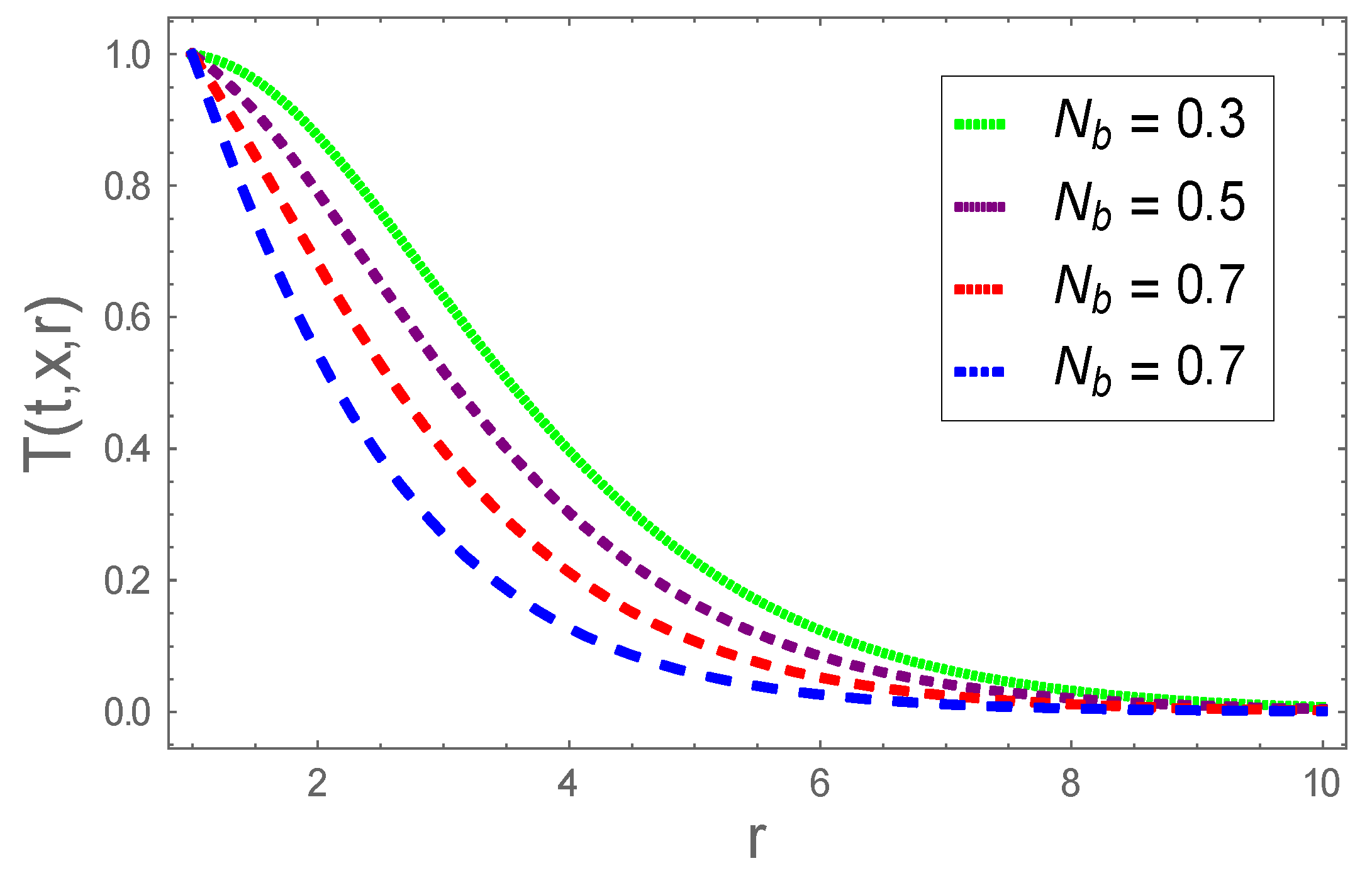

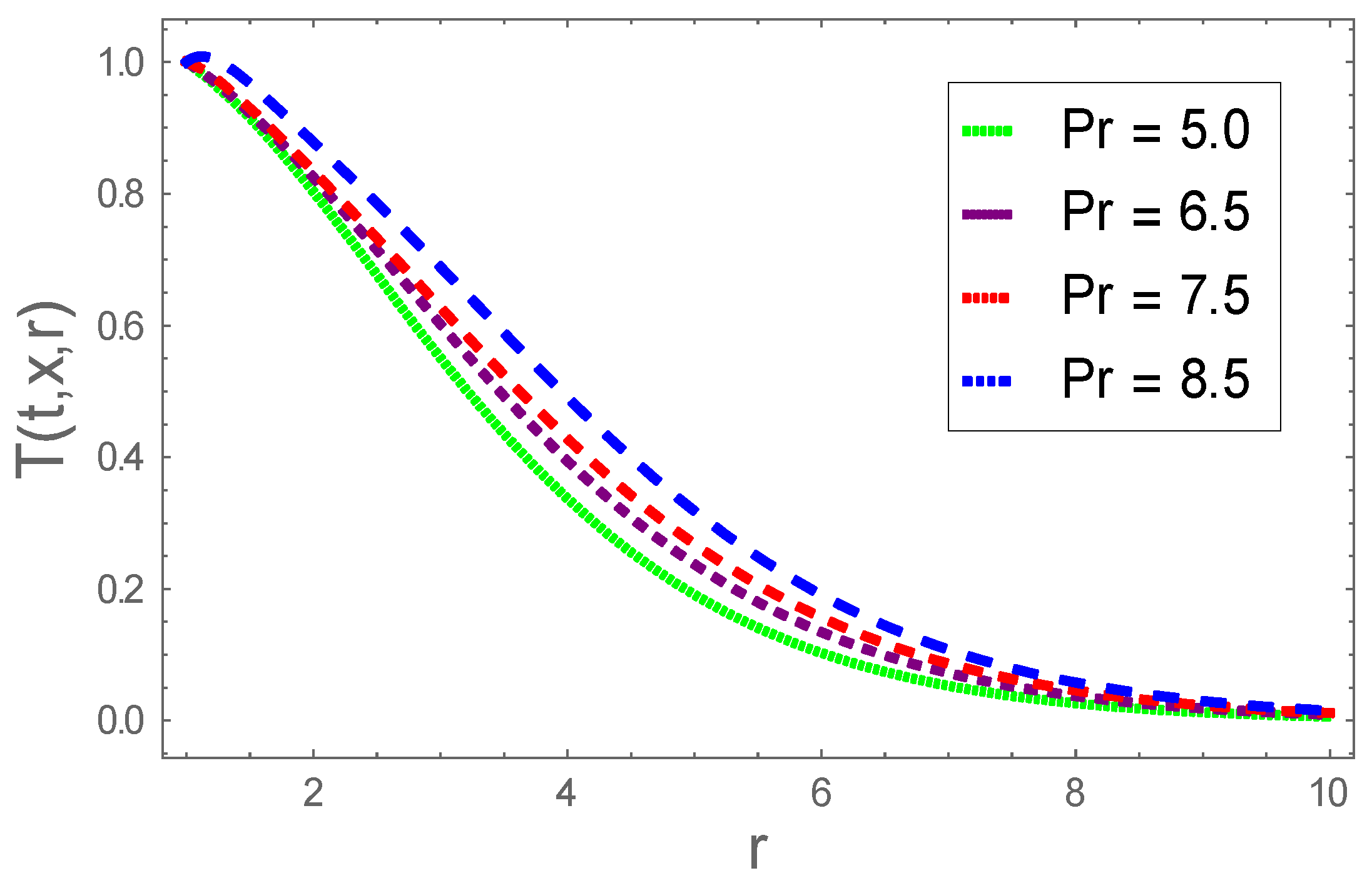

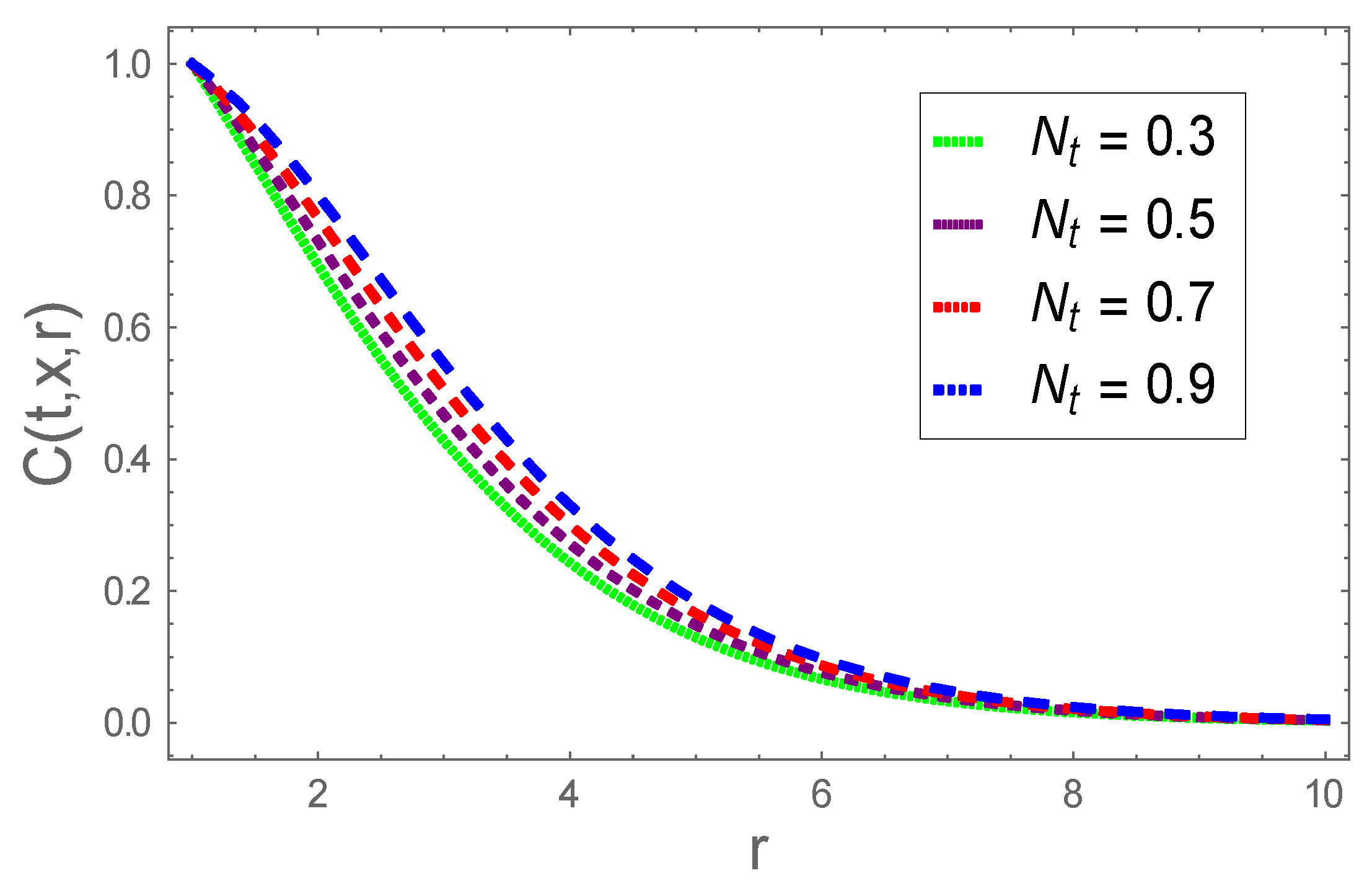



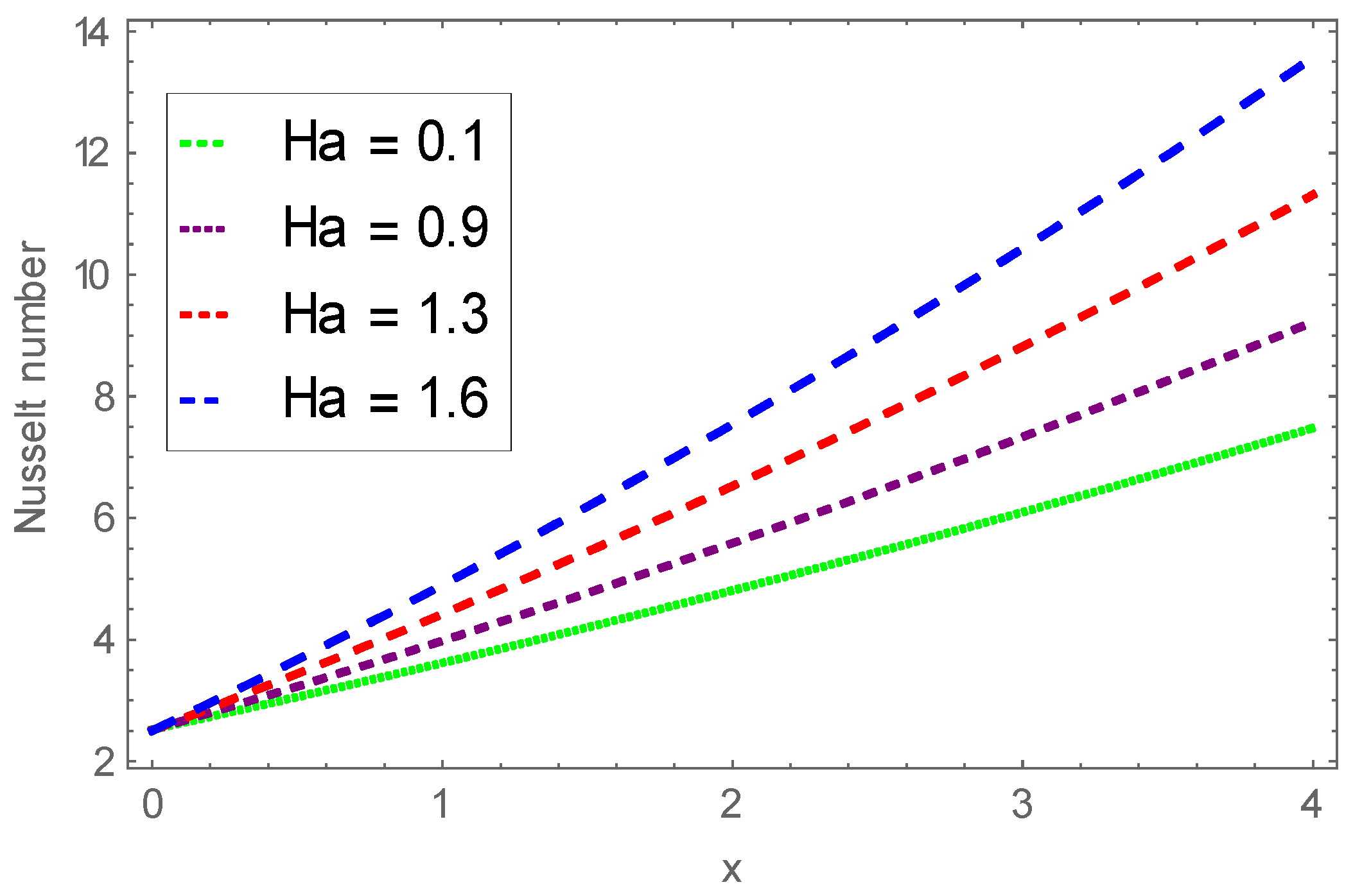
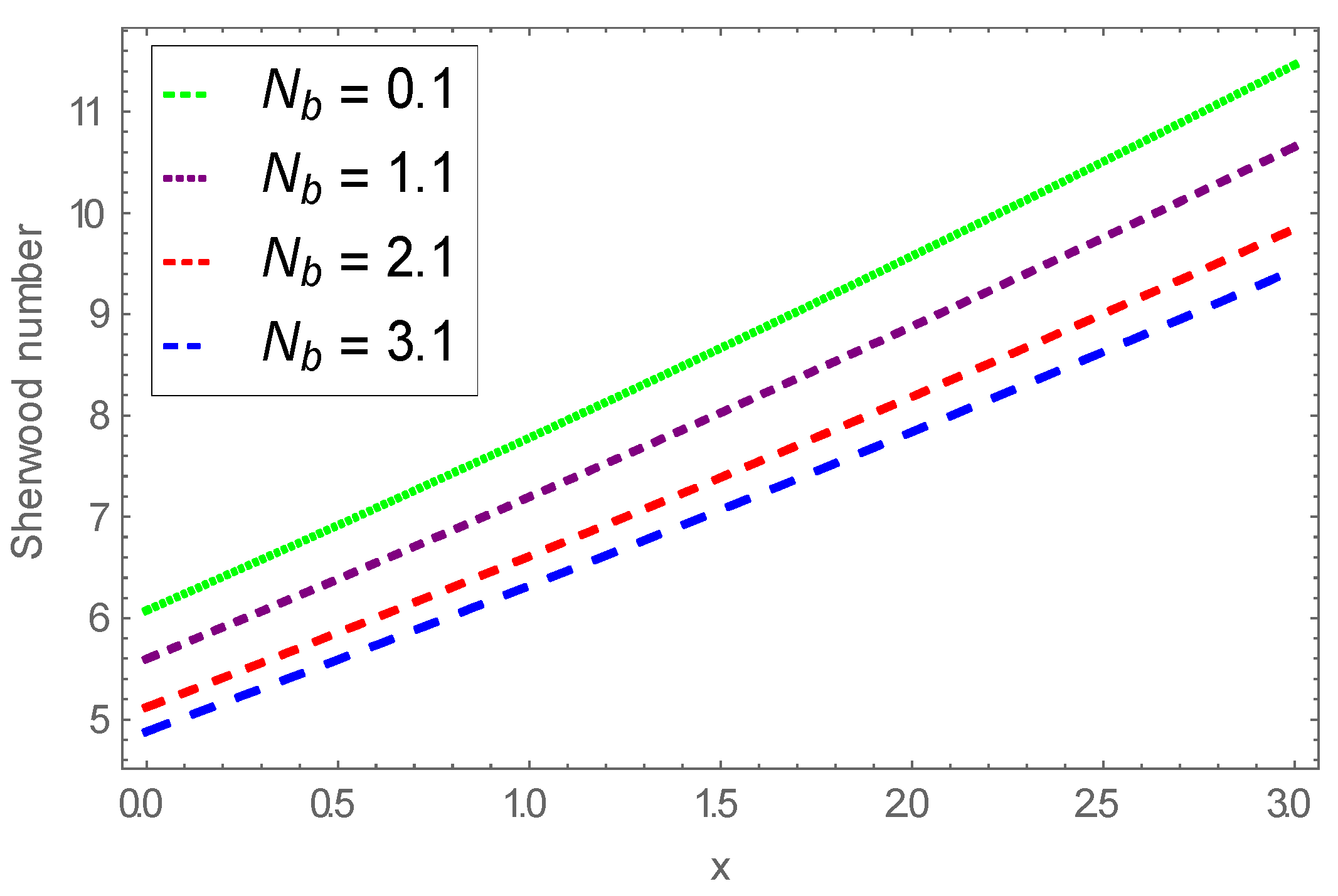
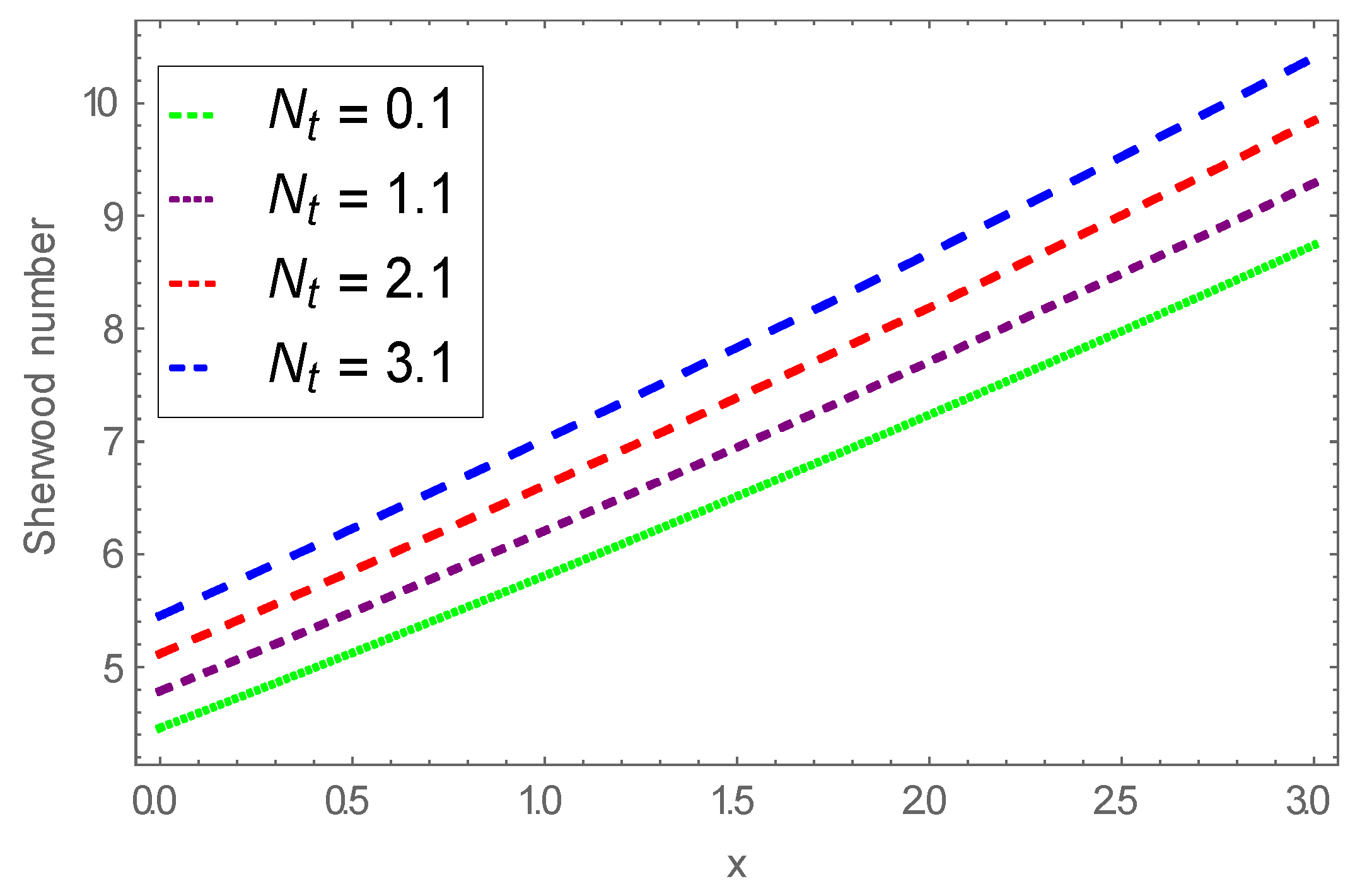
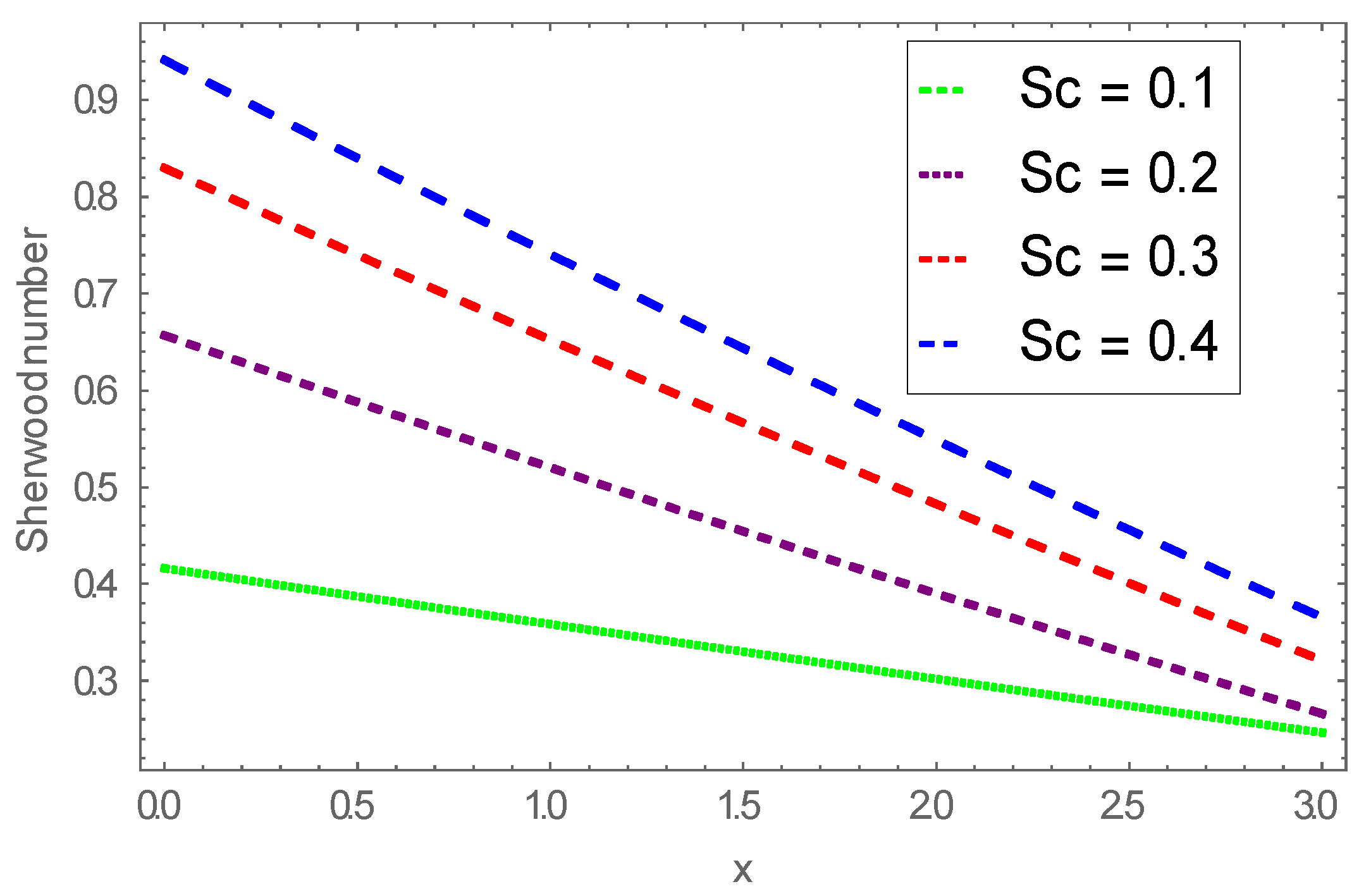
Publisher’s Note: MDPI stays neutral with regard to jurisdictional claims in published maps and institutional affiliations. |
© 2021 by the authors. Licensee MDPI, Basel, Switzerland. This article is an open access article distributed under the terms and conditions of the Creative Commons Attribution (CC BY) license (http://creativecommons.org/licenses/by/4.0/).
Share and Cite
Ur Rasheed, H.; AL-Zubaidi, A.; Islam, S.; Saleem, S.; Khan, Z.; Khan, W. Effects of Joule Heating and Viscous Dissipation on Magnetohydrodynamic Boundary Layer Flow of Jeffrey Nanofluid over a Vertically Stretching Cylinder. Coatings 2021, 11, 353. https://doi.org/10.3390/coatings11030353
Ur Rasheed H, AL-Zubaidi A, Islam S, Saleem S, Khan Z, Khan W. Effects of Joule Heating and Viscous Dissipation on Magnetohydrodynamic Boundary Layer Flow of Jeffrey Nanofluid over a Vertically Stretching Cylinder. Coatings. 2021; 11(3):353. https://doi.org/10.3390/coatings11030353
Chicago/Turabian StyleUr Rasheed, Haroon, Abdou AL-Zubaidi, Saeed Islam, Salman Saleem, Zeeshan Khan, and Waris Khan. 2021. "Effects of Joule Heating and Viscous Dissipation on Magnetohydrodynamic Boundary Layer Flow of Jeffrey Nanofluid over a Vertically Stretching Cylinder" Coatings 11, no. 3: 353. https://doi.org/10.3390/coatings11030353





